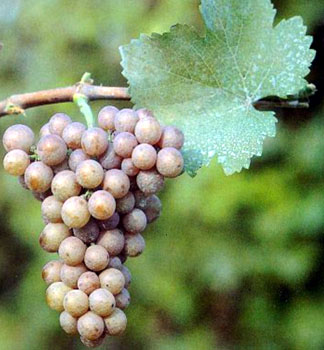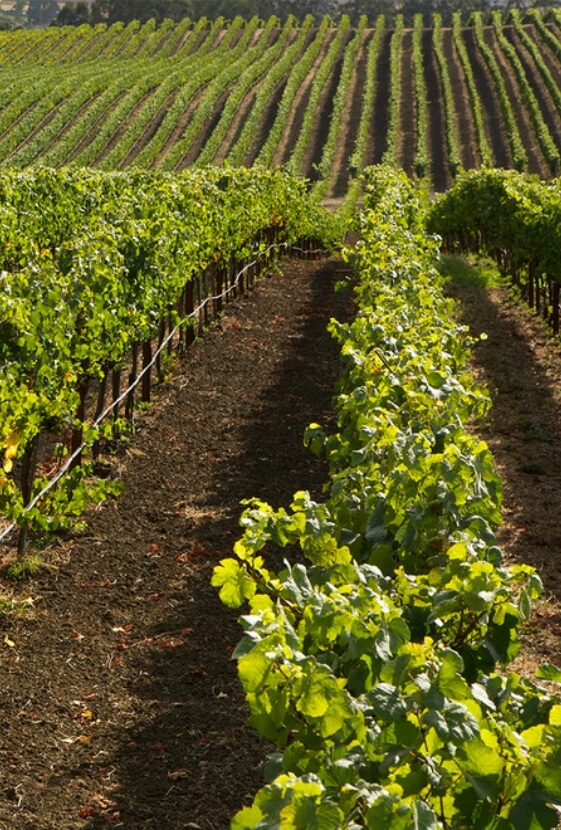
Grape Glossary
Gewürztraminer is full bodied heady, aromatic and pungent. It can be fermented bone dry or vinified as a late harvest or botrytized dessert wine in the best vintages.
Gewürztraminer’s microclimatic requirements are inflexible. The fruit ripens very quickly but needs a long maturation period to retain acidity and develop its aromatic potential. This dictates a cool climate, but the vine also requires abundant sun and sparse rain to achieve concentration. It does best in chalky limestone or clay soils with high mineral content, but only on slopes with ample drainage. Prone to various forms of rot, Gewürztraminer is a high alcohol, low acid, low yielding variety. Depending on soil conditions, the berries range in color from amber-gold to rose to purple-tinged and produce deeply colored, golden wines.
There is some confusion about the name and to exactly which variety it refers, as Traminer and Gewürztraminer are often used interchangeably. Gewürztraminer is the Musqué mutation of Traminer – a French term for its greater aroma and pungency. The vine is thought to be descended from the Uva Aminea, an ancient Greek vine grown in Thessalia and brought north by the Romans. Considered to be native to Italy’s Alto Adige region and the village of Termeno, Gewürztraminer has been planted in the Tyrolean foothills since at least A.D. 1000. Traminer migrated to Germany’s Pfalz region, where it acquired the prefix gewürz, or spicy, by the Middle Ages, and arrived in Alsace in the 1870s.

